

Most RPG worlds live under the threat of constant threat of Evil Sorcerers, Fearsome Dragons and Orc Hordes. But in dungeon grinder Avalon Code, total Armageddon is already a foregone conclusion. Instead of saving the world, as protagonists Yuril or Tia, your mission is to scour the land recording genetic code of plants, animals, monsters and people to repopulate a new world risen from the ashes.
To accomplish this task you are quickly bequeathed the Book of Prophecy, a flesh bound tome similar to the Necronomicron with the power to record the very essence of anything it touches. It occupies the entirety of the lower screen and serves as a touch-based inventory, mapping, and character stat system tied together under the Book's index. The trouble we found is that much like thumbing through Encyclopedia Britannica, finding what you’re looking for can be frustrating and time consuming. As you adventure on the upper screen, you tap the B button to initiate a Code Scan on monsters, items and NPCs, giving you an overview of the various elements contained within the subject. The Book also gives you the ability to alter these codes using Tetris like blocks on a three by three grid. These puzzle elements work well; enhancing gameplay in interesting ways like imbuing a key with Ice magic to open a frost covered door, using Hope and Faith elements to cure a sick NPC or recoding a Boss monster with Sickness magic to lower its hit points.
At its core, though, Avalon Code is an Action RPG with top down dungeon crawling and real-time combat. The former leaves much to be desired as every randomly-generated dungeon isn't so much a labyrinth as a procedure. You'll progress room by room completing a familiar set of objectives; lighting torches, hitting targets and eliminating enemies, but you'll find none of the winding exploration typical to a Zelda or a Diablo game.
Combat, too, is a footnote in Avalon Code. While Code Scanning gives you a significant advantage over enemies, the combat is so woefully unbalanced that there's almost no point in using it. Standard and Boss mobs have hundreds or thousands of hit points while little Yuril and Tia have just a handful, only increasing at fixed intervals within the game. The puzzle solving and real-time combat systems can also clash sometimes. You'll often find yourself in the thick of battle only to land a Code Scan and now have to shift gears to work out how to recode your enemy to your advantage.
The story itself, though, mostly succeeds. There's just enough variance to remain engaging and entertaining, although later chapters tend to regress back into default RPG tropes, which we won't spoil here. Similar to the Crystal Chronicles series, Avalon Code's art design is full of whimsy with skillfully executed cutscenes. Avalon Code's story props up the experience even if the game's combat feels punishing, bordering on unfair, and if you're an old school RPG scholar this one deserves some study.
Mar 31, 2009
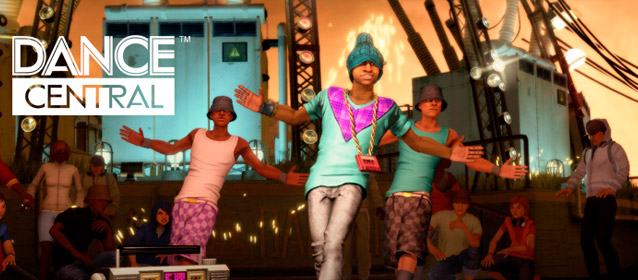
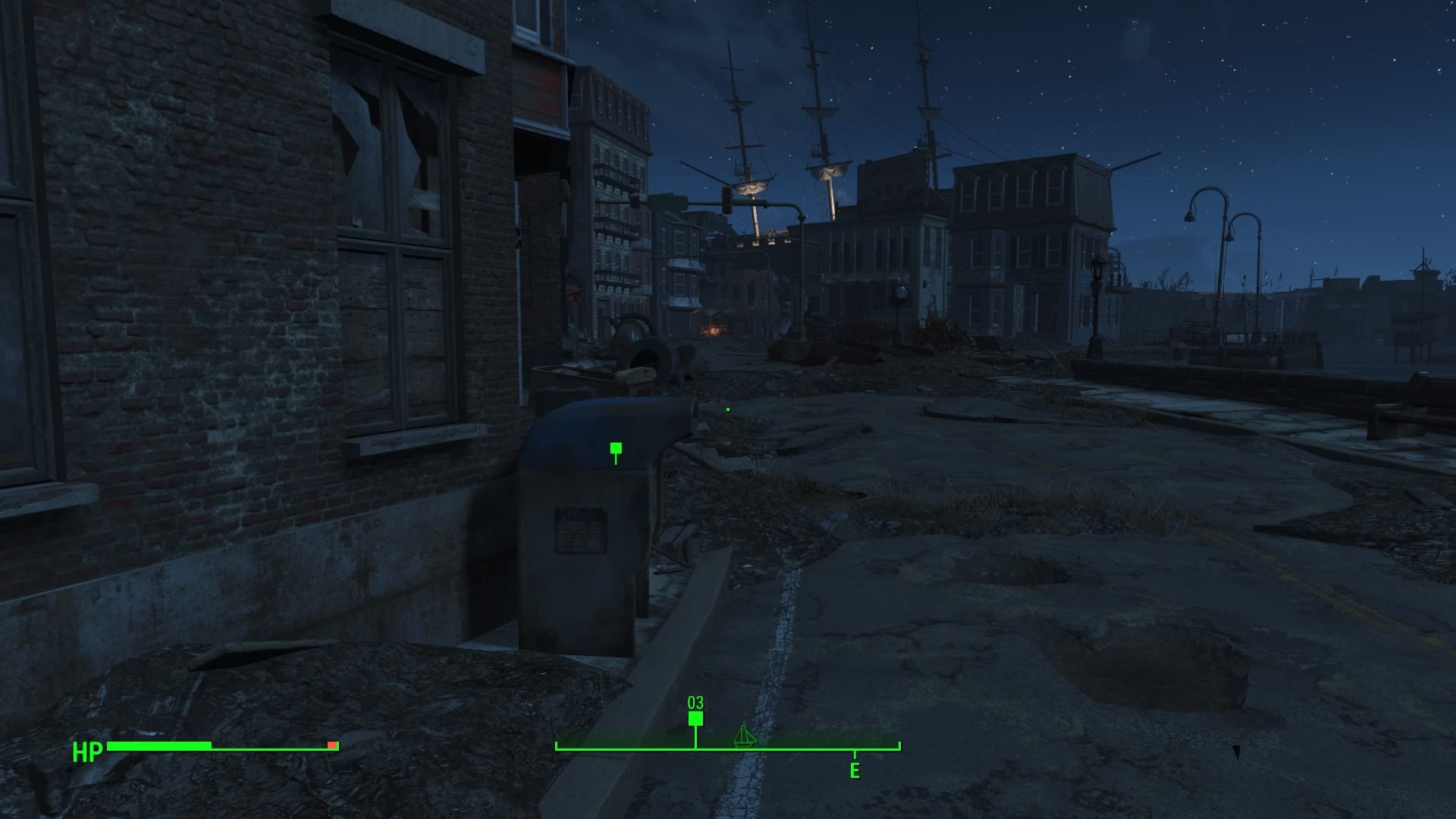
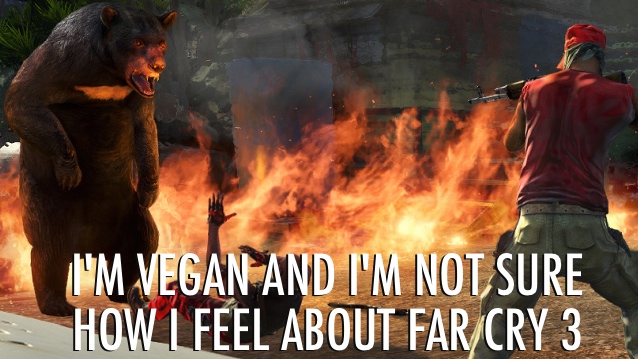

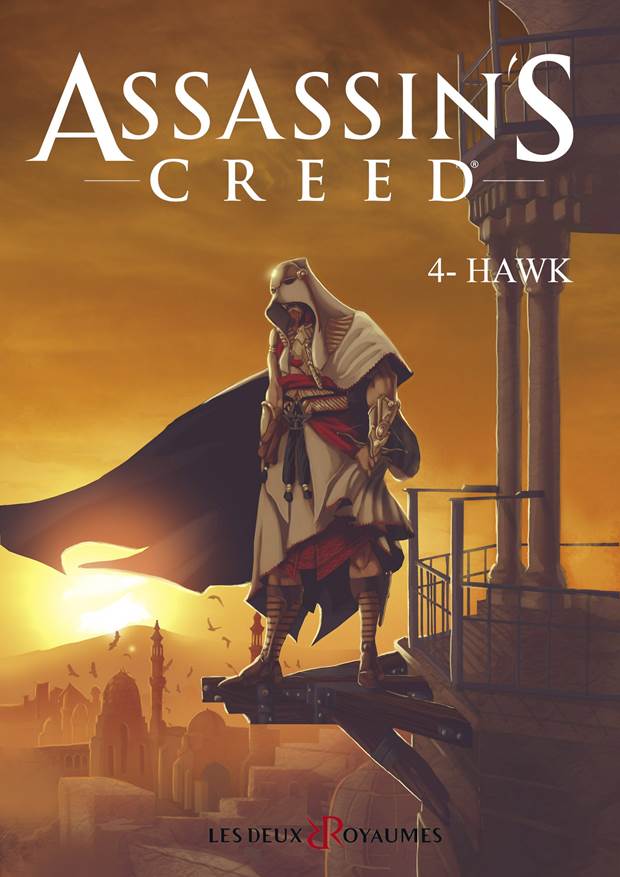 Assassin's Creed 4
Assassin's Creed 4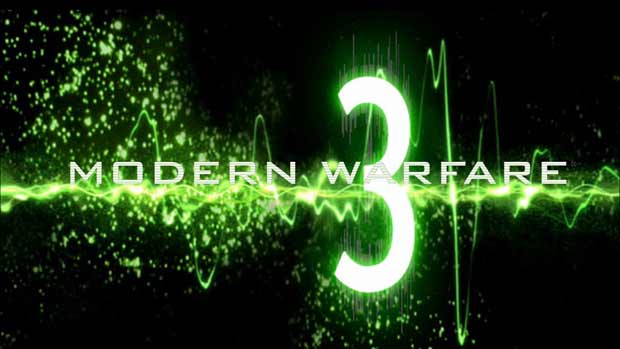 Modern Warfare 3 Achievements/Trophies List
Modern Warfare 3 Achievements/Trophies List The Best Gaming Podcast Ever: Episode 2
The Best Gaming Podcast Ever: Episode 2 PS4 vs. Xbox One vs. Wii U: Which Games Console Will Win Out? [MakeUseOf Poll]
PS4 vs. Xbox One vs. Wii U: Which Games Console Will Win Out? [MakeUseOf Poll] Dark Souls 2: Crown of the Sunken King DLC Walkthrough
Dark Souls 2: Crown of the Sunken King DLC Walkthrough